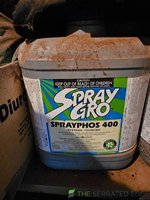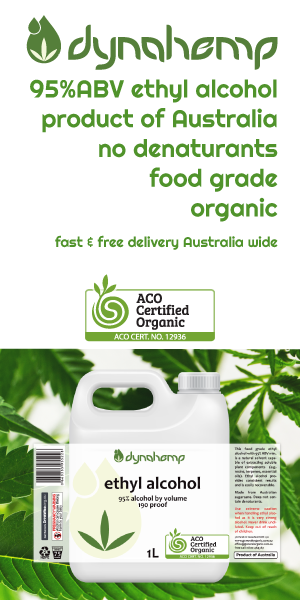Hi all,
I am looking at adding Reactive Phosphate Rock (1-2 cups) to my base soil as a amendment before I plant (40l container). Has anyone had any experience with this product for P?
Or would it be smarter to add this in later in the flowering stage? This will be an outdoor grow too.
Thanks
I am looking at adding Reactive Phosphate Rock (1-2 cups) to my base soil as a amendment before I plant (40l container). Has anyone had any experience with this product for P?
Or would it be smarter to add this in later in the flowering stage? This will be an outdoor grow too.
Thanks






